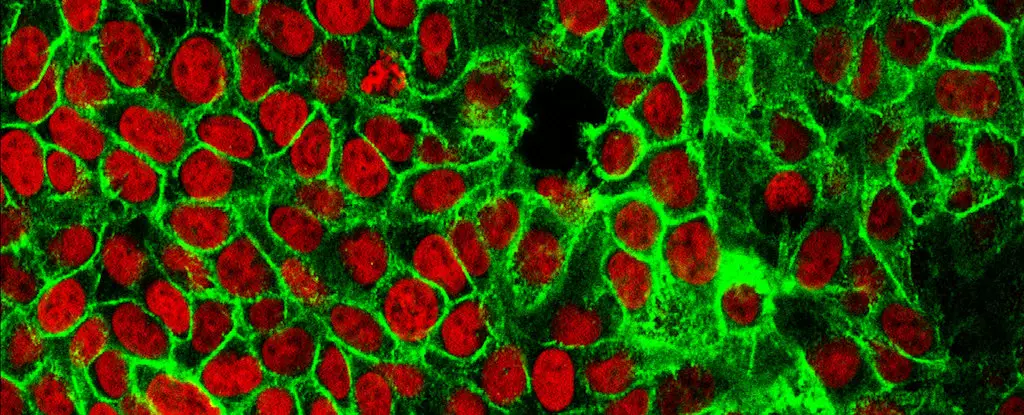Cancer remains one of the leading causes of death worldwide, claiming more than 10 million lives each year. The secret to combating cancer lies in early detection and effective treatment. The challenge, however, is that cancer often operates stealthily. A recent study has uncovered a groundbreaking method to identify cancer “fingerprints” at an atomic level, using a technique more commonly associated with geology than with medicine. This discovery has the potential to revolutionize cancer research, offering new avenues for investigating cancer growth and providing opportunities for early detection.
Lead author Ashley Maloney, a biogeochemist at the University of Colorado Boulder, has spearheaded this innovative approach to understanding cancer. The study focused on leveraging natural variations in the distribution of hydrogen isotopes – distinct forms of the same element with varying neutron numbers. Deuterium, the heavier isotope of hydrogen, was of particular interest due to its scarcity compared to regular hydrogen. By examining hydrogen isotopes within cells, Maloney and her team sought to uncover insights into cancer metabolism and growth.
The researchers conducted experiments using yeast and mouse liver cells to analyze hydrogen isotopes. They discovered that cells exhibiting high growth rates, such as cancer cells, displayed a unique hydrogen-to-deuterium ratio. While these findings are in the early stages, they hold promise for potentially detecting cancer in the human body through distinct isotopic signals. Co-author Sebastian Kopf, a geological scientist at the University of Colorado Boulder, emphasized the significance of early cancer detection in improving survival rates, underscoring the importance of further exploring this novel approach.
The researchers delved into cellular respiration and fermentation pathways to uncover metabolic anomalies associated with cancer development. By tracking changes in hydrogen isotopes, they aimed to identify alterations in cell metabolism indicative of cancerous growth. The enzyme nicotinamide adenine dinucleotide phosphate (NADPH) played a crucial role in distributing hydrogen atoms within cells, particularly in fatty acid production. Cancer cells, known for their reliance on fermentation for energy production, exhibited distinct hydrogen isotope ratios compared to healthy cells, pointing towards metabolic reconfiguration in cancerous cells.
The study’s findings shed light on the intricate relationship between cancer metabolism and atomic composition. As the research progresses, the possibility of leveraging hydrogen isotopes as biomarkers for early cancer detection grows more tangible. The implications extend beyond the realm of cancer research, offering a new perspective on utilizing geologically-inspired techniques to unravel the mysteries of biological processes. Co-author Xinning Zhang, an environmental microbiologist at Princeton University, highlighted the transformative potential of this research in bridging the gap between planetary health monitoring and disease detection in living organisms.
The study’s exploration of hydrogen isotopes as indicators of cancer holds promise for transforming the landscape of cancer detection and treatment. By harnessing geologically-inspired methodologies to delve into the realm of medical research, Maloney and her team have opened new frontiers in the fight against cancer. The road ahead may be paved with challenges and uncertainties, but the potential to save lives through early cancer detection makes this innovative approach a beacon of hope in the field of oncology.



Leave a Reply